On a Friday evening in September, educators from three north suburban high schools were Shabbat dinner guests at a family home in Modi’in, an Israeli city between Jerusalem and Tel Aviv.
Hosting the visitors was the owner of two successful start-up companies and his wife, an American who is an award-winning jeweler. Family members gathered at the table included a Holocaust survivor from Hungary and a teenage daughter who’d just completed her required duty with the Israel Defense Forces.
During the intimate family dinner, educators from Evanston, Skokie and Highland Park also heard from the host’s mother-in-law how she’d helped create a peace quilt that brought together Jewish and Muslim women in the next village.
The family gathering wasn’t your typical stop on a tourist’s itinerary — but nor were the other encounters with the Israeli people planned for the educators’ stay.
The iCenter for Israel Education, based in Northbrook, sponsored the trip for three world language directors whose public high schools offer Hebrew instruction. Making the trip was Todd Bowen, world language director for Niles Township High School District 219 in Skokie; Rachel Gressel, world language director for Evanston Township High School, and Elizabeth Robertson, former world language director at Deerfield High School and now principal at Highland Park High School.
“What I wanted them to realize was the diverse narratives of Israel’s people,” said Binnie Swislow, a consultant with the iCenter who works to strengthen and sustain Hebrew instruction in Chicago-area public high schools.
Bowen said he had seen Israel through the eyes of teenagers learning Hebrew when he accompanied Niles North High School students on a first-ever exchange visit last March. But this trip provided him a different perspective.
“Israel is a much more diverse place than we think of it,” Bowen said.
“There are thousands and thousands of people who live in harmony and wish to continue that,” he said. “The picture of strife and conflict exists, but it is not all over the place, the way we might think.”
Bowen was grateful for the opportunity to travel in areas where a tourist wouldn’t ordinarily go.
“We were in the Golan Heights looking over the Quneitra crossing point into Syria, knowing full well that ISIS was not very many miles away,” Bowen said. “Being in those places, seeing the life that is there versus the news stories, was very important to me,” Bowen said.
Gressel was fascinated to see how world language is taught at a school outside Haifa. Her Evanston high school offers eight language options.
“All students there take English, and their second language option — if they choose to take one — is Arabic. But it’s not conversational Arabic,” she said. “It is Arabic taught via literature.”
“In Israel, students don’t really have so many choices,” Gressel said. “Their focus is much more on STEM (science, technology, engineering and mathematics) because that is where their country is at right now,” she said.
Gressel also took note of the immense pride Israelis have in their chosen country, which they are still helping to build.
The daughter of Cuban refugees who immigrated to the United States, Robertson grew up in a bilingual home, so speaking both Spanish and English came naturally.
But a brief introduction in conversational Hebrew, Robertson said, “almost brought me to my knees.”
“It put me in a position that I had never been in before,” said Robertson, noting the trip to Israel was her first outside the U.S. “I never took to heart what it meant to learn a language from scratch,” she said. “I realized, this is how my students feel.”
For Robertson, one of the most memorable experiences was speaking with a young Israeli man who lost part of a limb in an accident, became very distraught, but ultimately triumphed over his tragedy.
“Once he was able to muster the ability to move forward with his life, he became a motivational speaker and has won many awards as an athlete,” said Robertson, noting he also runs an Israeli vineyard that has been in his family for five generations.
Swislow said seven public high schools in the Chicago area, all in the north and northwest suburbs, offer Hebrew instruction. Two of those schools have struggled in recent years with staffing issues, Swislow said.
“The greatest challenge to keeping Hebrew in the public schools is the requirement that teachers be certified and licensed in the state of Illinois,” she said. “The Spanish teachers are doing it. The French teachers are doing it. But it is difficult to find Israelis who are certified and licensed.”
Highland Park and Deerfield high schools each have a Hebrew instructor and serve 105 and 99 students, respectively, across five course levels, according to District 113.
About 80 to 90 students typically are enrolled in Hebrew courses at Niles North High School, Bowen said. “We are trying to make sure it has a solid base and that our students understand that Hebrew extends beyond being Jewish,” said Bowen, noting the program does draw students from other backgrounds for a variety of reasons. “Hebrew is the modern language of an innovative people,” Bowen said.
The Hebrew program at Evanston Township High School has been shaky since a longtime teacher retired three years ago, Gressel said.
“For the last three years, it has been, ‘Do we have a teacher or do we not?’ up until the last minute,” Gressel said. Since ETHS has not been able to guarantee entry-level students four years of Hebrew course offerings, the school has encouraged students to select a language they can study for four years because that’s what many colleges prefer, she said.
For the past few years, the Niles North Hebrew teacher has taught classes at ETHS for two periods of the day, in addition to carrying a full load at the Skokie high school. However, that will not be an option starting in 2018-19, Gressel said.
Gressel said only 11 students signed up this year for Hebrew 1, compared to 43 for German 1, 39 for Japanese 1 and 24 for Chinese 1, which also are low-enrollment languages.
Having seen firsthand Israel’s intense focus on science, engineering and technology, Gressel believes there is an opportunity to draw more Hebrew students by emphasizing its relevance to technology.
“If I could find my ideal instructor, it would be someone who could teach Hebrew from an engineering and mathematics background,” said Gressel. “I think we could revamp the program in a different way and attract different students.”


 The goal of the project, titled “The People of the Book Enter 21st Century Learning,” is to benefit Frisch students “by creating a student-centered learning environment that can be replicated in multiple learning contexts and classrooms at The Frisch School, and using various technology-assisted tools to transform how students collaboratively engage with text,” said Zadoff.
The goal of the project, titled “The People of the Book Enter 21st Century Learning,” is to benefit Frisch students “by creating a student-centered learning environment that can be replicated in multiple learning contexts and classrooms at The Frisch School, and using various technology-assisted tools to transform how students collaboratively engage with text,” said Zadoff.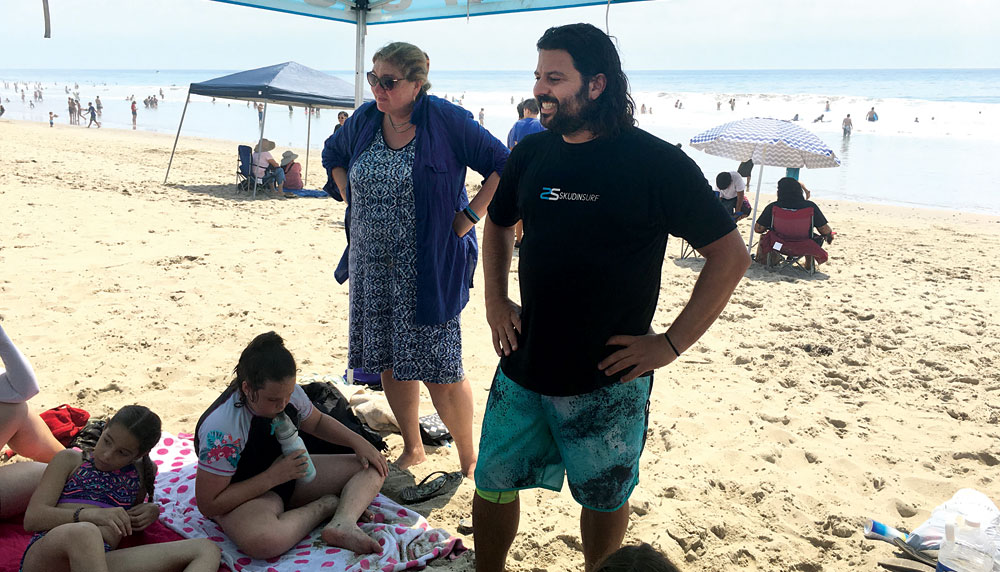


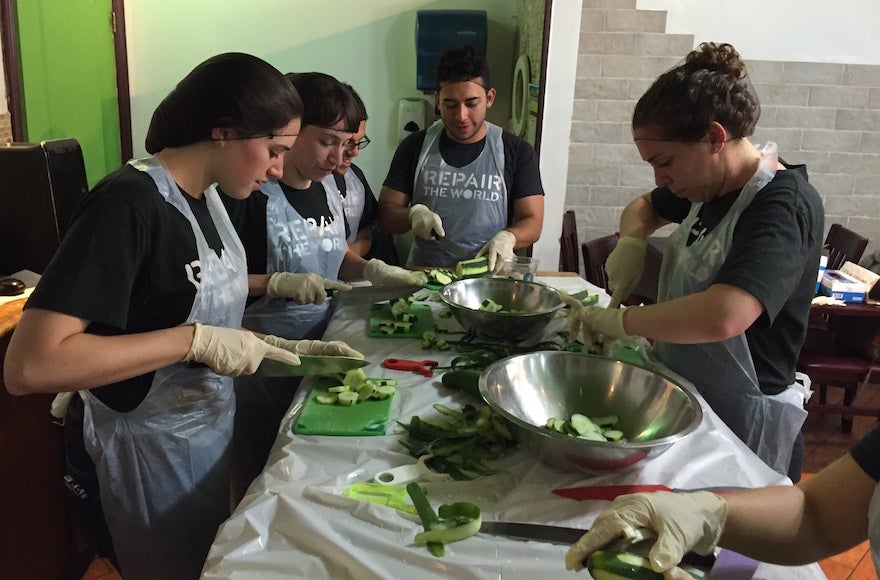
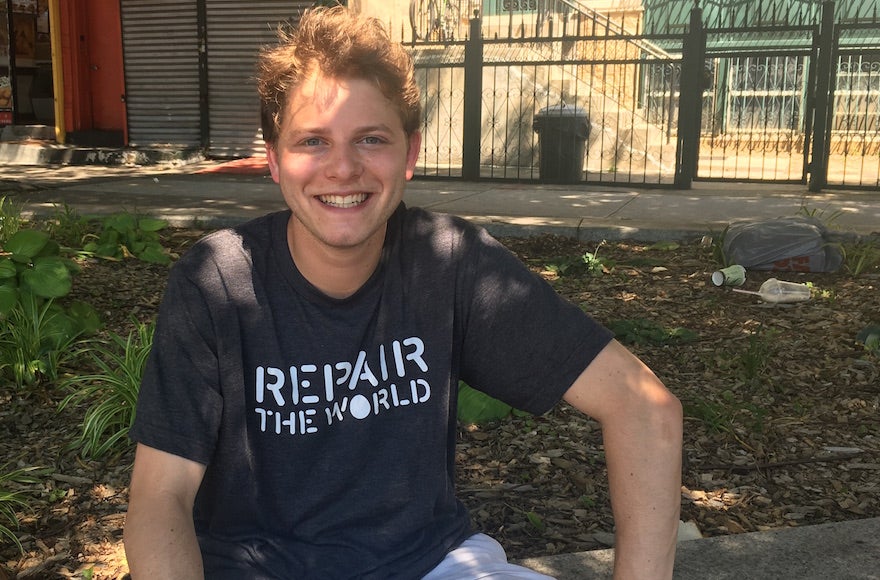
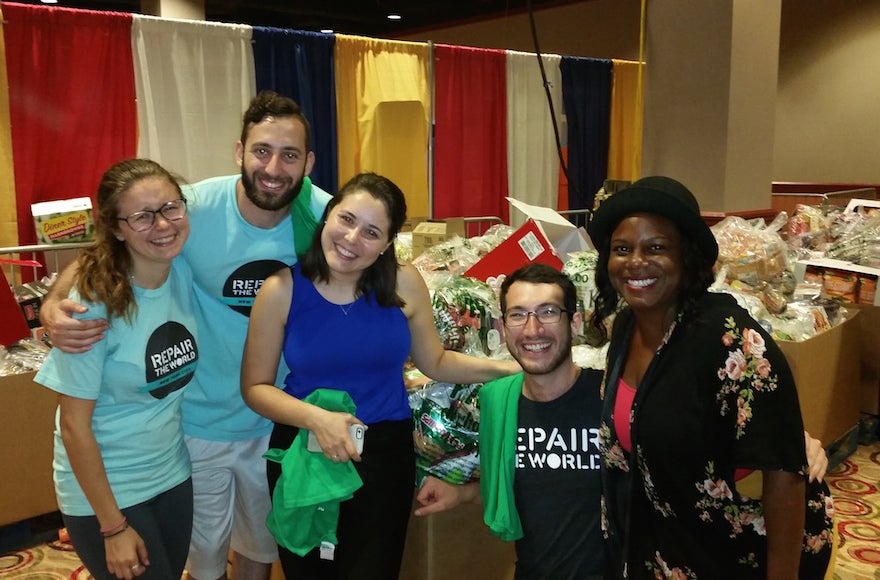

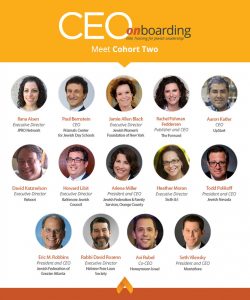
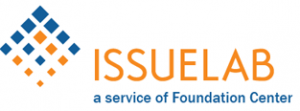 The formation of the Jewish Teen Education and Engagement Funder Collaborative was the result of a process begun by the Jim Joseph Foundation in 2013. At that time, in an effort to spawn innovative, locally sustainable teen engagement programs, the Jim Joseph Foundation brought together an array of funders to explore various approaches. The first 24 months of this deliberate process in which ten local and five national funders undertook to educate themselves, build relationships and co-invest in community-based Jewish teen education and engagement initiatives was thoughtfully documented in a case study issued in January 2015 by Informing Change, entitled, Finding New Paths for Teen Engagement and Learning: A Funder Collaborative Leads the Way.
The formation of the Jewish Teen Education and Engagement Funder Collaborative was the result of a process begun by the Jim Joseph Foundation in 2013. At that time, in an effort to spawn innovative, locally sustainable teen engagement programs, the Jim Joseph Foundation brought together an array of funders to explore various approaches. The first 24 months of this deliberate process in which ten local and five national funders undertook to educate themselves, build relationships and co-invest in community-based Jewish teen education and engagement initiatives was thoughtfully documented in a case study issued in January 2015 by Informing Change, entitled, Finding New Paths for Teen Engagement and Learning: A Funder Collaborative Leads the Way.